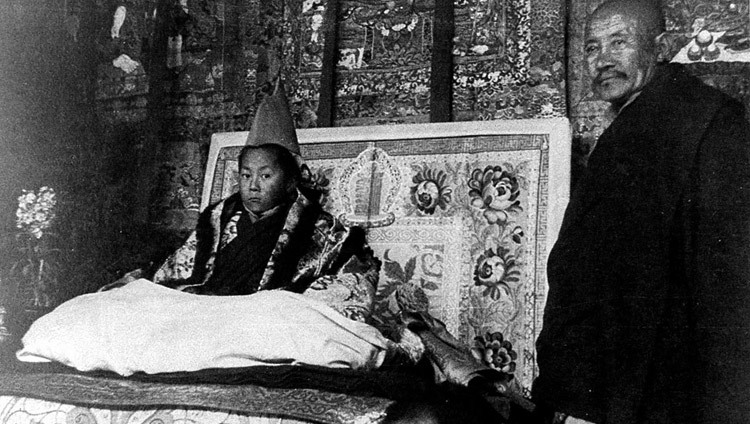
The Future of the 14th Dalai Lama's Reincarnation
The reincarnation of the 14th Dalai Lama is an intricate and politically sensitive subject, especially considering the involvement of the Chinese government. The current Dalai Lama has hinted that his successor might emerge outside Tibet. He has even suggested that he could reincarnate in a different form, potentially outside Tibet altogether, to avoid interference from China.
Traditionally, recognizing a Dalai Lama involves deeply spiritual and formal processes within Tibetan Buddhism. However, the Chinese government claims authority over the recognition of all senior Buddhist lamas, including the Dalai Lama. This situation has sparked significant controversy and tension. The Chinese authorities have declared that only they possess the right to approve the next Dalai Lama, a claim strongly contested by many Tibetans and the current Dalai Lama himself.
Tenzin Gyatso, the 14th Dalai Lama, has voiced concerns regarding the possibility of the reincarnation process being manipulated for political purposes. He has even proposed that he might reincarnate as a woman or outside Tibet to protect spiritual independence from potential Chinese control.
This controversial landscape raises more questions than answers about the next Dalai Lama. The current Dalai Lama has stated he will reveal decisions about his reincarnation once he reaches the age of 90. The complicated association of his potential reincarnation process with geopolitics underscores the significant intersection of religious traditions and political conflict involving Tibet and its spiritual leaders.
As the world watches, the future of the 14th Dalai Lama's reincarnation remains uncertain, highlighting not only the challenges within Tibetan Buddhism but also the broader implications of geopolitical influence. For more insights into Tibetan spirituality and politics, you can visit The National Geographic.
